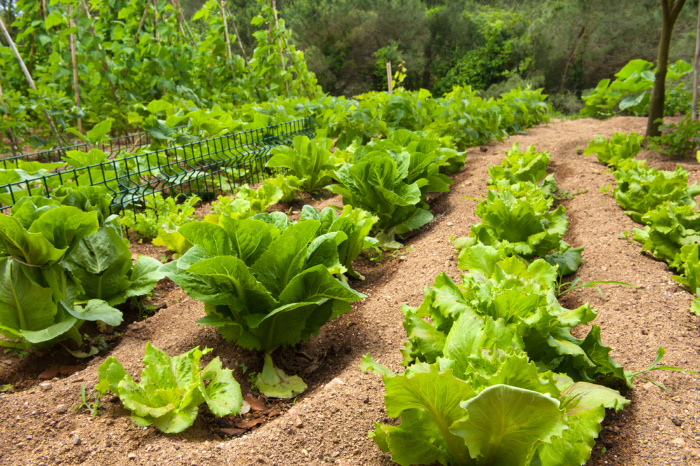
Today, it’s all about what to plant in February. It’s the perfect time to get a jump start on your gardening! In some areas, you can begin planting outdoors in February.
However, in other areas, you will want to start with your plants indoors and move them outside as the weather warms. Below, you will learn what you can plant by zone in February.
What to Plant in February by Zone
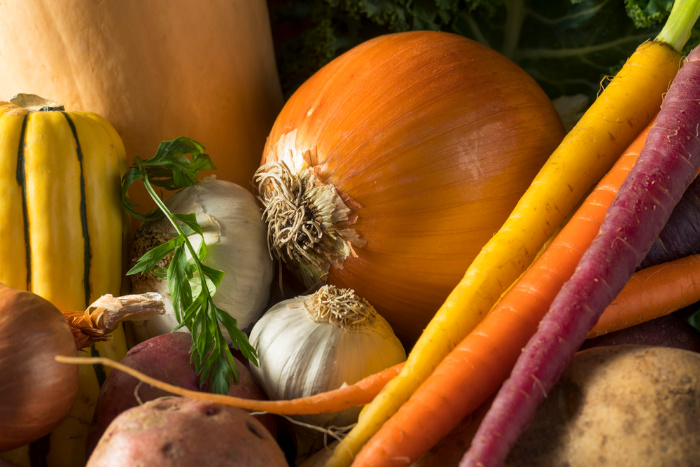
Not sure what zone you live in? You can find your zone, here! Knowing what zone you live in is key to planting things that will thrive in your area. Below, I will give you a list of fruits, vegetables, and herbs that you can plant in each zone starting in February.
In zones 1-4, you will only be able to plant indoor plants. It is much too cold to start planting anything outside yet. One thing that you can plant indoors in any zone is herbs. Herbs are great plants that you can plant and harvest indoors in any zone.
Zones 1-4 (Indoors)
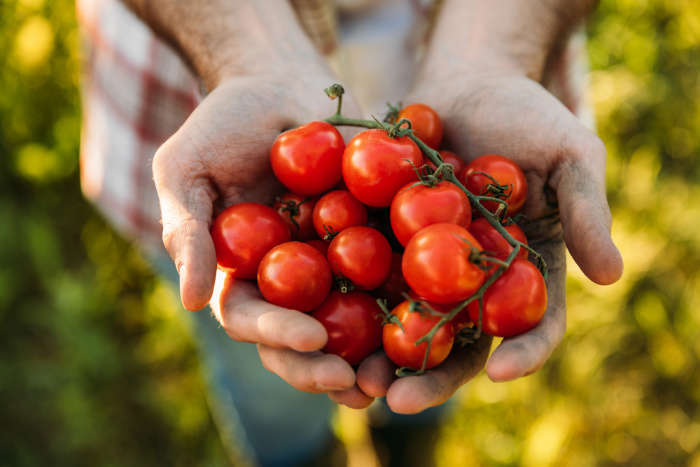
Additionally, you can plant the following indoors during February:
- Onions (zones 3-4): In these “zones” you can plant short-day onions.
- Tomatoes
- Peppers
- Lettuce
- Cauliflower
- Brussel Sprouts
- Chard
- Eggplant
- Cucumber seeds: Plant in the last week of February.
- Watermelon
- Cantaloupe
- Honeydew
- Pumpkins: These require a long growing season and can be started in February
- Strawberries
Zones 5-6 (Indoors)
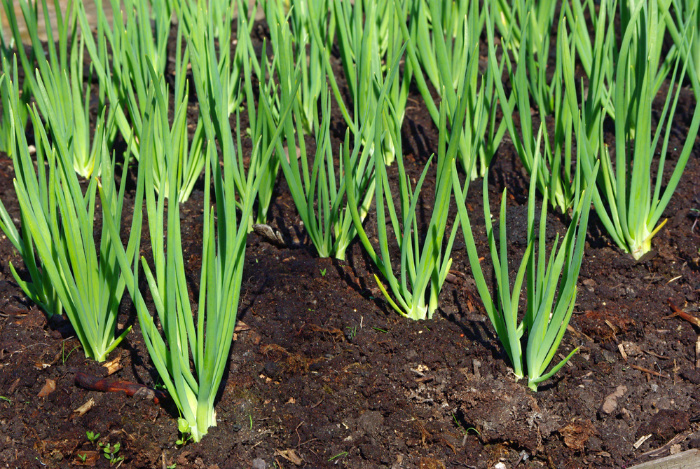
Zones 5 & 6 are still colder than zones 7-10. In addition to planting herbs inside, you can plant some of the following inside your home:
- Onions: In zones 3-6, you can plant short-day onions
- Tomatoes
- Peppers
- Lettuce
- Cauliflower
- Brussel Sprouts
- Chard
- Eggplant
- Cucumber seeds
- Watermelon
- Cantaloupe
- Honeydew
- Pumpkins: These require a long growing season and can be started in February
In the spring, you can move your indoor plants outdoors. For zones 1-3, this is usually around April. For zones 4-6, this is around March.
Zones 7-10
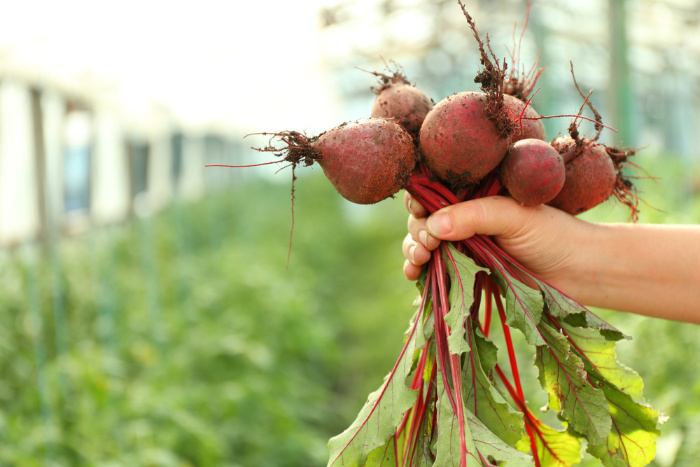
You can plant various things outside in zones 7-10 during February. The weather is warmer in these zones than in 1-6. It is still a little cooler in zone 7-10, but still warmer than most parts of the U.S. So, you will want to plant cool-weather vegetables outdoors. These crops include:
- Beets
- Broccoli: Go ahead and start planting broccoli outdoors.
- Cabbage
- Carrots
- Collards
- Herbs: Herbs are typically an indoor plant that can be planted throughout the winter months in any zone. Plant herbs such as Italian basil, Greek oregano, French Thyme, and Sage.
- Kale
- Lettuce: Lettuce is great in these zones during February. When the sun gets too hot the lettuce bolts. Plant Buttercrunch, Mesclun Mix, or Black seeded Simpson
- Onions: Plant long-day onions in these zones.
- Peas
- Peppers: Fresh crisp peppers take up little space and can produce high yields when planted closely. Start seeds indoors 8-10 weeks before your last frost date.
- Potatoes
- Radishes
- Spinach
- Tomatoes: Start your seeds for tomatoes indoors 6-8 weeks before your last frost date.
- Turnips
Tips to Get Your Garden Ready for Spring
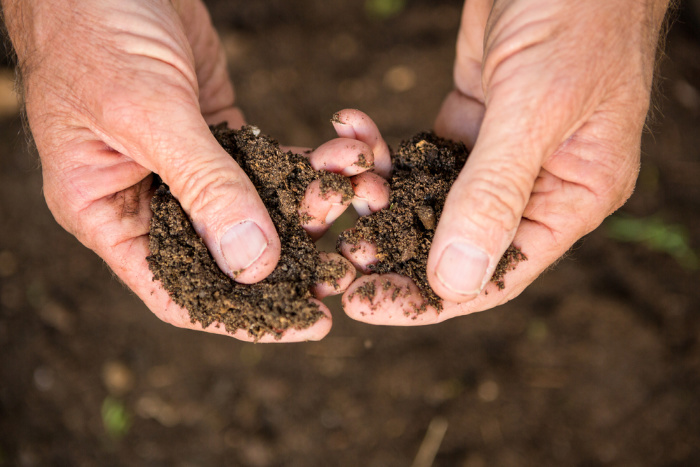
If you live in an area that you can’t plant outdoors quite yet, there are still things you can do to get your garden ready for spring. Here are some tips for getting it ready:
#1 Pull weeds
As long as there isn’t snow on the ground, you can start pulling out weeds. Sometimes weeds sprout up in the cool weather, or you may see some leftover weeds from last year. Eliminating them now while the ground is still soft makes this task much easier. If the ground is still frozen you may have to wait a while to accomplish this step.
#2 Prune Shrubs
In February, you can go out and prune shrubs and other plants. Cut back leaves that have died. Cut off branches that are longer than they should be. If you have no use for the plant, dig it up.
#3 Fertilize Your Garden
Once the ground has thawed, you can apply a granular fertilizer around trees, shrubs, and perennials. You can also fertilize your garden to prepare it for planting. Do a soil test if you are unsure what your dirt needs.
#4 Rake Up Leaves
If you didn’t get all the leaves up before winter hit, now is the time to get those up. Rake leaves that have blown under trees, around trees and shrubs, and in your garden. This is a great time to get the rest of your yard cleaned up.
#5 Prevent Problems
Did you have a crabgrass or weed problem last year? If you did, now is the time to start preventing these problems before the growing season. You can apply crabgrass control, lawn food, and a granular weed preventer. This will help you when you decide to start planting.
#6 Edge Your Beds
Winter is the perfect time to cut sharp edges along your garden beds. This makes your landscape look better, and creates a lip for you to contain mulch that can be applied when the soil warms up.
#7 Choose Plants and Seeds
Choose your plants and seeds in February. Begin planting seeds inside if you can’t plant them outside. Choose plants and seeds that will need to be planted indoors 6-8 weeks before spring so they will be ready when it warms up. This is where I buy my seeds: SeedsNow
How to Start Seeds Indoors
If you live in an area that is still too cold to plant outdoors, you can start your seeds indoors. And, some plants, such as tomatoes, eggplants, and peppers, actually do better being started indoors. If you are new to gardening, follow the steps below to start your seeds indoors:
Plant Your Seeds with Seed-Starting Mix
Buy some seed-starting mix to start your indoor garden. This isn’t actually soil, but it provides almost perfect conditions for sprouting seeds.
Use Pots with Good Drainage
You can use any pots as long as they have holes in the container to drain the water. Proper drainage ensures the seeds do not get too much water.
Plant Seeds
You want to plant your seeds deep enough, but not too deep. To ensure you are planting them just right, plant them 2-3 times deeper than the seed is wide.
Once you have planted your seeds, follow these tips for proper growing:
- Place pot in a warm location
- Keep soil moist
- Place in a sunny location
- Fertilize the plants weekly
- Keep only 1 seedling per pot
Planting Throughout the Year
Planting in February may not be an ideal time in your region, but we have made guides for every month of the year. Check out what you can plant next month!
- What to Plant in March
- What to Plant in April
- What to Plant in May
- What to Plant in June
- What to Plant in July
- What to Plant in August
- What to Plant in September
- What to Plant in October
- What to Plant in January
Final Word
Whether you can begin planting outside where you live, you can begin preparing your garden for the spring. Keeping a garden and continuing to maintain it is key to being prepared.
You have an upper hand when you have a garden because you don’t have to rely on store-bought food. Please try gardening this year, we can do this. May God bless this world, Linda
Copyright Images:
Tomatoes: Depositphotos_162343634_s-2019, Onions: Depositphotos_8247368_s-2019, Vegetables: Depositphotos_179593250_s-2019, Lettuce: Depositphotos_4125122_s-2019, Garden Soil: Depositphotos_114907692_s-2019
The post What To Plant In February appeared first on Food Storage Moms.
* Source


No comments:
Post a Comment